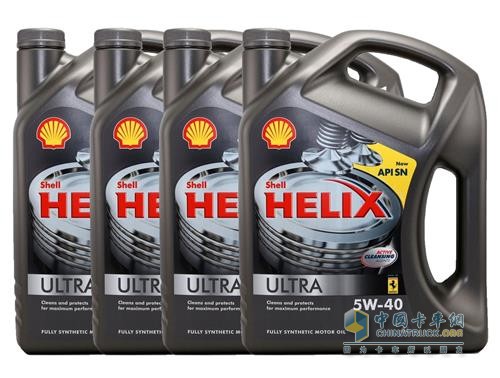In contrast, by 2020, the demand for traditional lubricants is expected to drop by nearly 1%. Globally, Kline estimates that the market penetration of synthetic lubricants will increase from 17% in 2015 (global total lubricant demand 38.8 million tons) to 22% in 2020 (estimated global total lubricant demand is 40 million tons). . The penetration rate of synthetic lubricants in the passenger car engine oil market reached 33% in 2015, which was 29% higher than in 2013, but the volume growth was low or not at all. The above estimate does not calculate the synthetic processing oil. Key factors driving global adoption of synthetic lubricants include technology needs of OEMs, supply drivers for base oils such as API Group III base oils, increasing consumer awareness and acceptance, government emissions, and fuel economy Regulations, affordability and economy due to extended oil change intervals, and continued end-user loyalty. “In terms of the penetration rate of synthetic lubricants, South Korea and Japan will continue to lead other markets in the region, but we will see that China and India have developed particularly rapidly... [low-viscosity grade lubricants] demand.†Kline & Co. George Morvey, energy business industry manager, said in a webinar on November 22, “For example, India is moving from a high viscosity grade such as 15W to a lower grade of 5W. It is different from ours in mature markets such as the United States. See the long-term evolution, India's direct jump viscosity grade, very quickly turned to a lower viscosity grade." Kline found that semi-synthetic lubricants were highly prevalent in a variety of markets, including Asia Pacific, South America, Africa, and Middle East countries. "We see the semi-synthetic lubricants we use as bridges that allow consumers to understand the benefits of these products," he said. "This way, it's more affordable, and it's easier to sell." He pointed out that the business wants customers to eventually transition to using a fully synthetic product. He pointed out that consumers in the region have low awareness and recognition of synthetic lubricants. "I think that people in related industries are trying to convince consumers of the benefits of synthetic lubricants in terms of extending the oil change intervals or improving fuel economy." Morvey said, "We have the opportunity to change the perception of consumers in the Asia Pacific region and build awareness." And recognition." He explained that the “purchase and take away†oil replacement method is quite common in certain countries, especially in countries where China and India have rapid growth in counterfeit activities. One way for consumers to overcome counterfeiting is to purchase products at retailers (mature retailers or online sales platforms) and then bring the products to assemblers. They pay people and monitor their oil changes (especially when using synthetic oils) to ensure that they can use their own products. Kline lists the top ten global suppliers in the market share of synthetic and semi-synthetic automotive and industrial lubricants, including two Japanese companies: sixth-ranked JX Nippon and seventh-ranked Idemitsu. ExxonMobil ranked first, followed by Shell, BP, Total and Chevron. 1-5L Rectangle Tin Can Production Lines Tin Can Seamer Machine,Rectangular Tin Can Machine,Oil Tin Making Machine Price,Rectangle Tin Can Production Lines Zhoushan Golden Wing Machinery Co., Ltd. , https://www.goldenwingmachine.com Synthetic lubricant
Synthetic lubricant
Synthetic Lubricant Asia-Pacific region grows 6% over 6%
The consulting company Kline & Co. predicts that by 2020, the compound annual growth rate of demand for synthetic lubricants and semi-synthetic lubricants in the Asia-Pacific region is expected to be more than 6% and close to 9%, respectively. Japan and South Korea will lead the penetration rate of the synthetic lubricants market in other Asia Pacific countries.